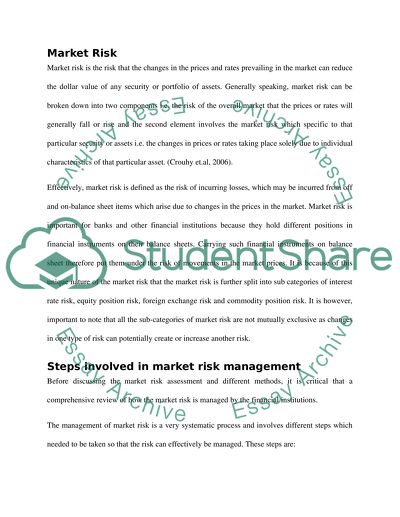Cite this document
(The Market Risk and the Developments in It Research Paper, n.d.)
The Market Risk and the Developments in It Research Paper. Retrieved from https://studentshare.org/marketing/1503277-market-risk
The Market Risk and the Developments in It Research Paper. Retrieved from https://studentshare.org/marketing/1503277-market-risk
(The Market Risk and the Developments in It Research Paper)
The Market Risk and the Developments in It Research Paper. https://studentshare.org/marketing/1503277-market-risk.
The Market Risk and the Developments in It Research Paper. https://studentshare.org/marketing/1503277-market-risk.
“The Market Risk and the Developments in It Research Paper”, n.d. https://studentshare.org/marketing/1503277-market-risk.


